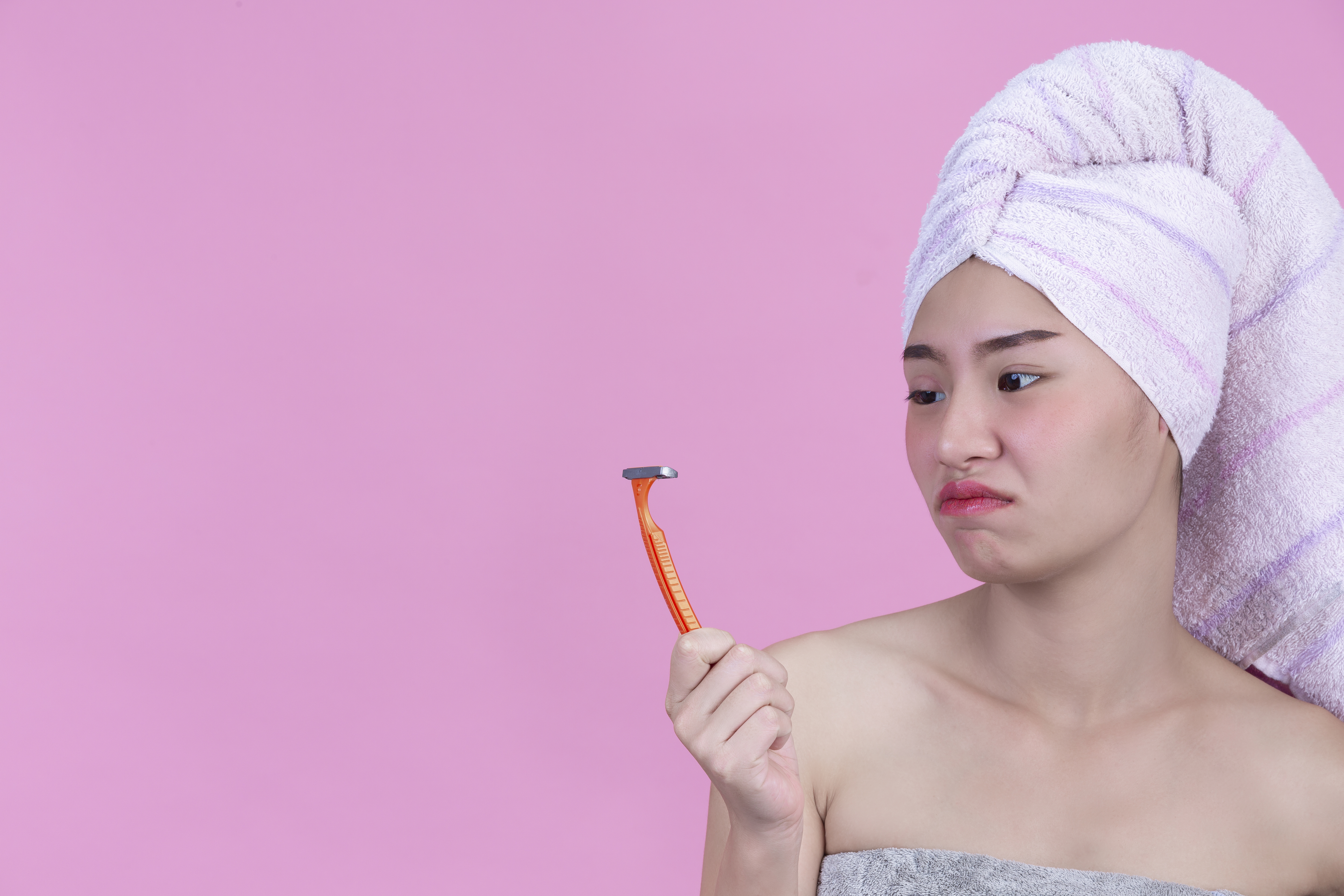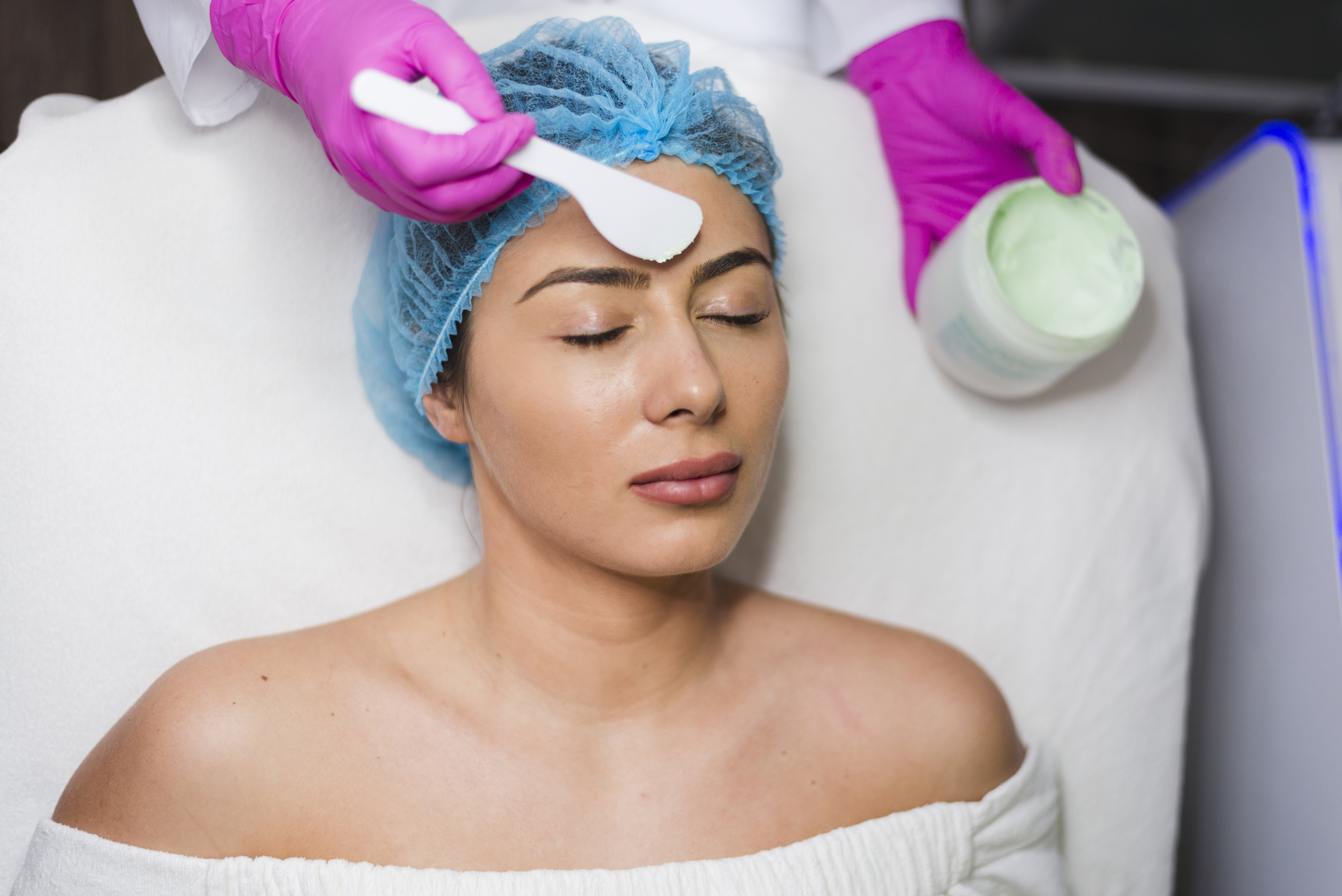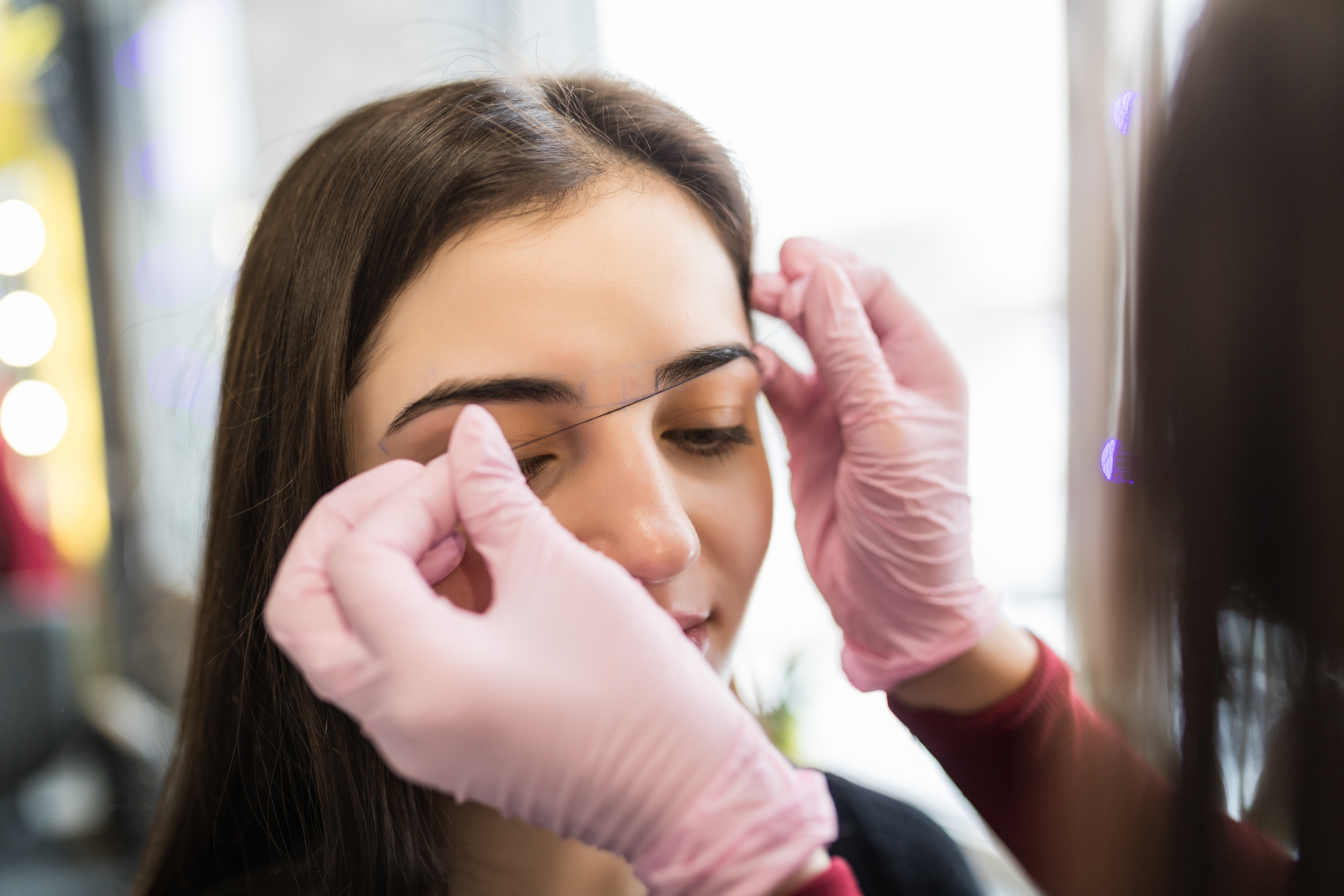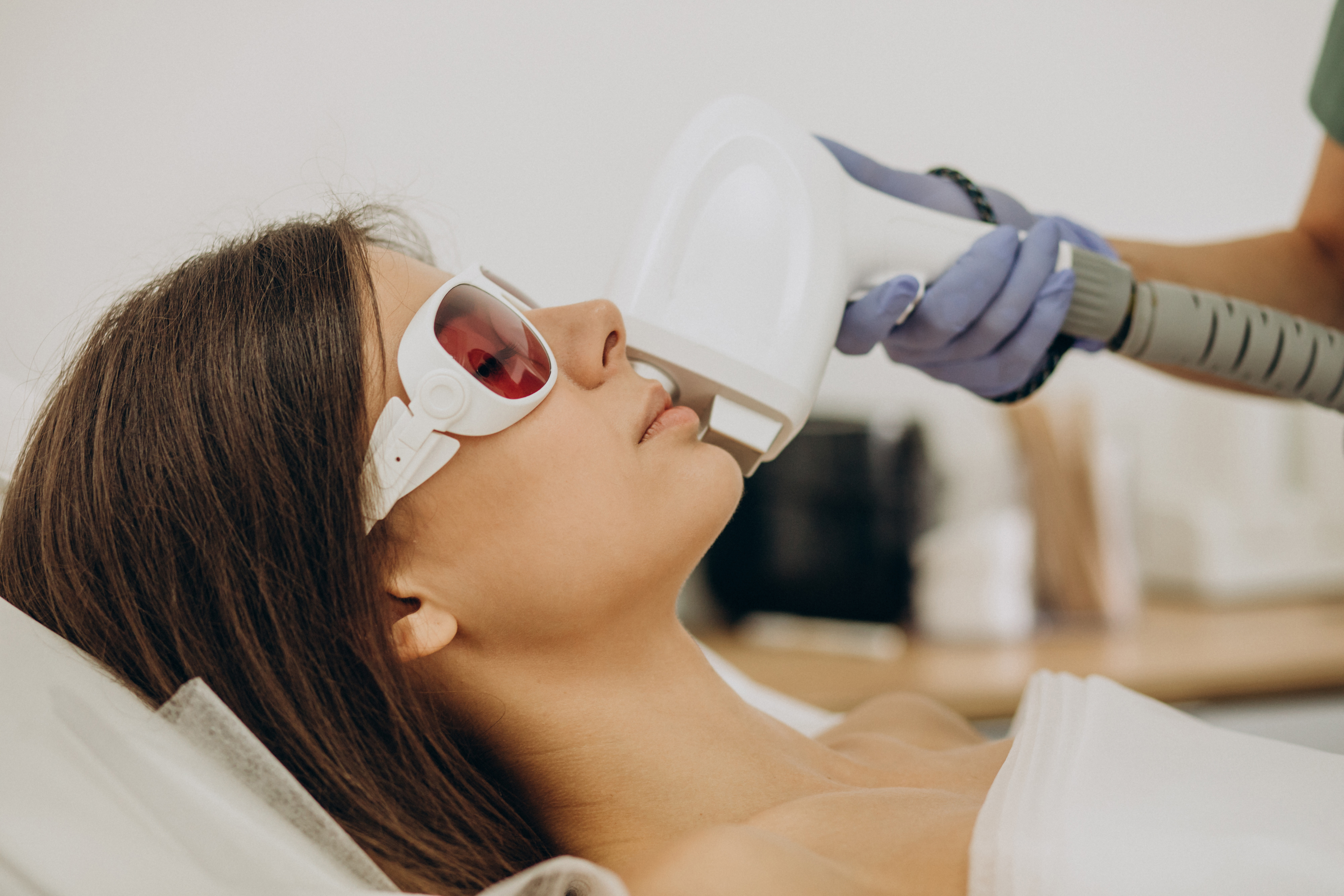Facial hair removal is a common concern for many individuals, regardless of gender – whether for aesthetic reasons or personal comfort, there are various methods available to effectively remove unwanted hair. Dr. Swetha, Dermatologist, Cosmetologist at Skin, Cosmetology and Surgical Gastro centre in Tirupati shares a complete guide with ETV Bharat Health about hair removal options, benefits, drawbacks, and aftercare associated with each technique.
Methods of facial hair removal
Shaving:

This is one of the quickest and easiest methods. A traditional razor or an electric shaver is used to cut hair at the skin’s surface. Although, it is quick, inexpensive, and easy to perform at home and no downtime required, Dr Swetha says the results are short-lived which last for a day or two. It can lead to razor burn, ingrown hairs, or cuts if not done carefully.
Waxing:

Waxing involves applying a sticky wax to the skin and then quickly removing it, pulling the hairs from the root. While results can last from three to six weeks, as hair is removed from the follicle, it can be painful, especially for those with sensitive skin, and may cause redness or irritation.
Threading:

This technique uses a twisted thread to trap and pull out hair. It's popular for areas like the eyebrows and upper lip. It is precise and less irritating than waxing and also suitable for sensitive skin. However, it can be painful, and the results last about three to six weeks.
Depilatory creams:

These creams contain chemicals that dissolve hair at the skin’s surface. It is painless and can be done at home and typically last longer than shaving. Some of the consequences of using hair removal creams are that the chemicals may cause allergic reactions or irritations. A patch test is recommended before use.
Laser hair reduction:

This method uses laser technology to target hair follicles, inhibiting future growth. "Effective laser hair removal treatment is achieved through the use of different wavelengths (810 nm, 940 nm, 1060 nm) in Primelase, which provide maximum versatility and best results for all types of skin and hair patients," says Dr Swetha, who goes by her first name. Some of the benefits of this treatment is that it has ong-lasting results and hair may not regrow for months. It often becomes finer and lighter over time. However, multiple sessions can be costly.
Electrolysis:

This method uses electric currents to destroy hair follicles one by one. This method helps with permanent hair removal and is effective for all hair types and skin tones. But it is time-consuming and can be painful. It requires a licensed technician and multiple sessions.
Aftercare tips
Regardless of the method you chose, a proper aftercare is essential to maintain skin health and prevent complications: Dr Swetha shares some tips.

- Moisturisation: After hair removal, apply a gentle moisturiser to soothe the skin and avoid dryness.
- Avoid irritation: Refrain from using harsh skincare products, such as exfoliants or retinoids, immediately after hair removal.
- Sun protection: Use sunscreen if the area will be exposed to the sun, as newly treated skin can be extra sensitive.
- Avoid picking: If you experience ingrown hairs, resist the urge to pick at them, as this can lead to infections or scars.
Things to keep in mind while choosing the right method that suits you the best
Factors to consider when selecting a facial hair removal method include:
- Skin type: Those with sensitive skin may prefer alternatives like threading or laser hair removal.
- Pain tolerance: If you are sensitive to pain, methods like shaving or depilatory creams might be more suitable.
- Budget: At-home methods (shaving, waxing, and creams) are generally more cost-effective, while professional services (laser and electrolysis) can be more expensive.
- Long term goals: If permanent removal is your aim, electrolysis or laser hair reduction might be the best choices.
Read More:



